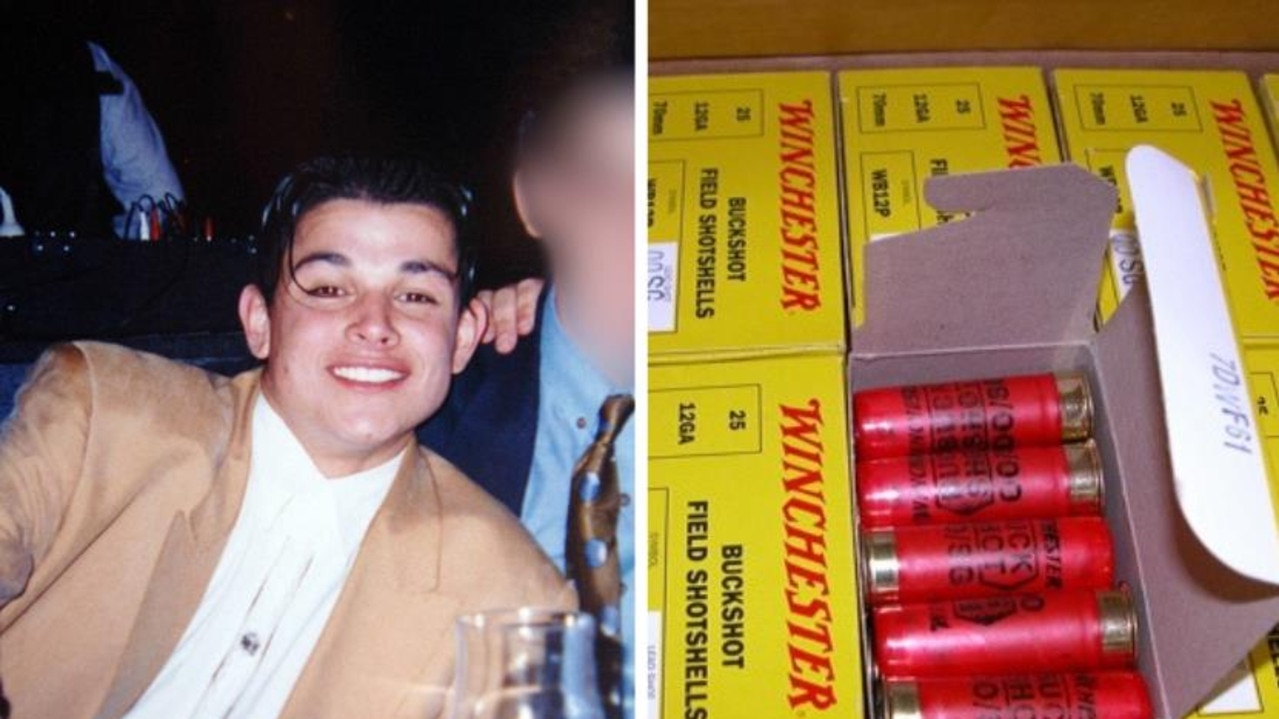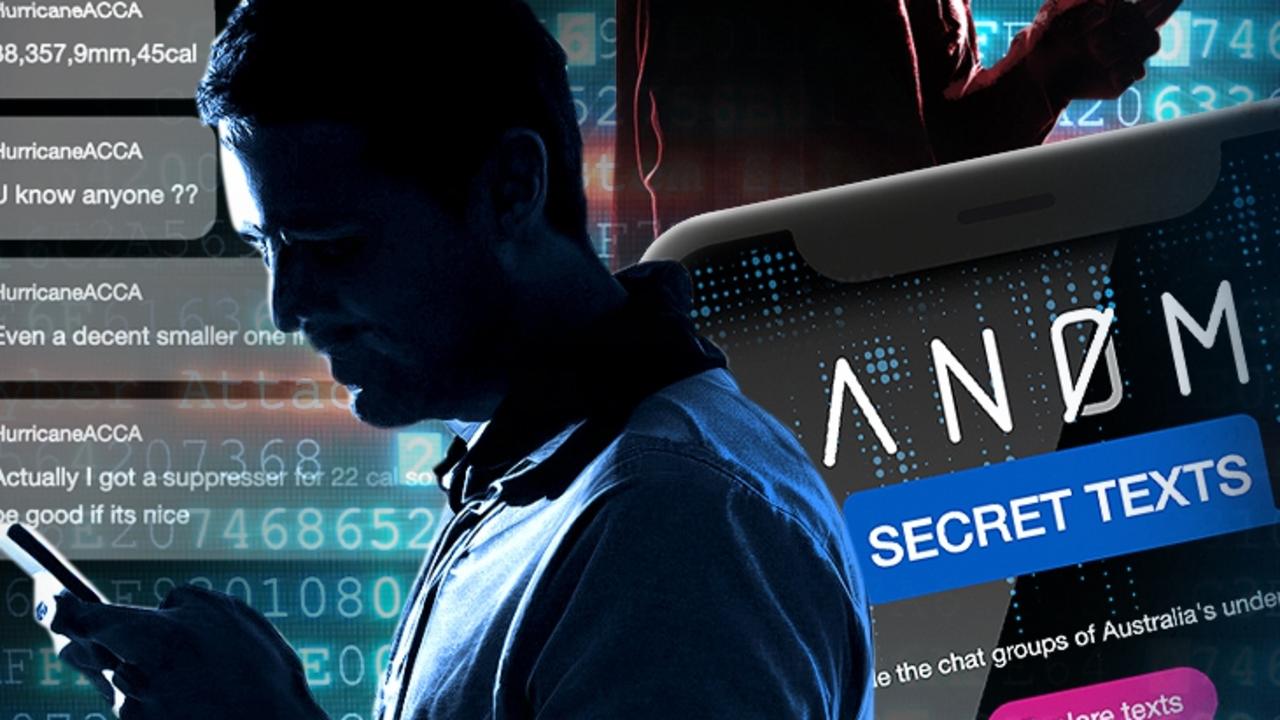What went on inside the secret George Pell child sex trials
Fewer than 50 people were there the moment a Victorian jury handed down one of the most stunning verdicts in history. Here’s why George Pell’s case was heard in secret — and what unfolded in court that could not be reported until today.
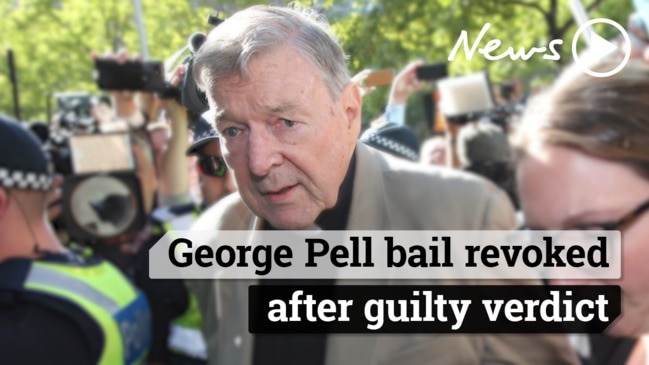
They’ve been dubbed the trials of the century, but the George Pell sex trials were two of the most secret in Victorian history.
When the historic guilty verdicts were ultimately delivered, just 27 people were in the public gallery — most of them journalists.
Add the eight lawyers, three security guards, prison officer and court associates, and less than 50 people were there to watch on as the jury foreman calmly delivered five unanimous guilty verdicts on December 11 last year.
MORE:
WHY BOLT SAYS CONVICTION IS WRONG
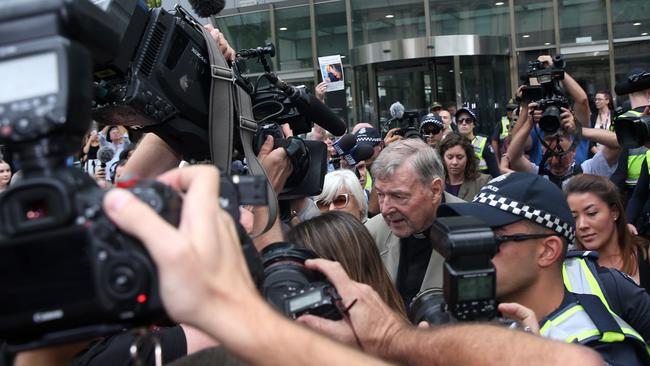
Even after the verdicts were handed down, many still didn’t know exactly why the Vatican’s third most senior man was in court.
For some, it was enough that he was in court. As the figurehead of the wider Catholic Church, he has long been held responsible for decades of shameful abuse and cover-ups.
But he wasn’t in court for covering up abuse, or shuffling paedophile priests between parishes.
He faced court charged with molesting two choirboys, months after being appointed as Melbourne’s Archbishop in the mid 1990s.
Twice last year Cardinal Pell sat through trials at the County Court while most of the world was unaware of what was unfolding in courtroom 4.3.
TEN THINGS PELL HOPED WOULD PROVE HIS INNOCENCE
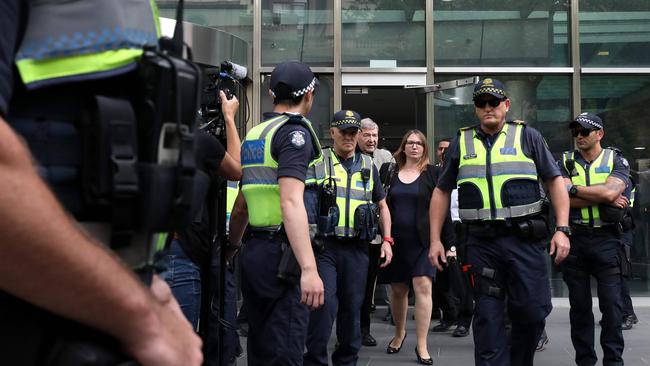
Every day for almost three months he arrived at the court, on the edge of Melbourne’s CBD, more than an hour before his 10.30am scheduled start time, and slowly made his way to tiny interview room on the fourth floor.
The early start gave him a chance to avoid media and curious onlookers, make his way through the security checkpoint uninterrupted and up to the room that became a second home for him.
There he bunkered down, leaving only to attend the courtroom just metres away.
Inside he sat reading, or just sitting, as a small team of minders sat with him, keeping him company, bringing him food and drink, and helping keep his mind of the enormity of the case.
Why were the trials held in secret?
The Pell prosecution will go down as one of the most significant cases in Victorian legal history.
Some say there has been no greater test of Australia’s legal system.
Never before has such a high-profile Australian figure faced such serious charges.
It was a notion not lost on trial judge Peter Kidd, who at just three years on the bench as the court’s chief judge, was faced with his most daunting trial.
One of the challenges was ensuring ‘procedural fairness’ to the accused man. That means ensuring he will receive a fair trial, not influenced by anything outside of the courtroom — anything less would be unsatisfactory.
In the end the Chief Judge ordered the trial be held in secret.

He stopped short of closing the court, meaning anyone could come and watch proceedings. But he banned all publication, citing fears that the trial would turn into an unstoppable circus.
His view was that rolling media coverage would undoubtedly influence a jury, and prejudice the accused’s right to a fair trial.
Challenges from media organisations to limit the order to prohibit reporting in Victoria only were unsuccessful.
Chief Judge Kidd acknowledged he could do little to stifle reports outside of Australia, but warned any breach of his order inside his jurisdiction would bring swift action.
For weeks international media including the Wall Street Journal, CNN and the New York Times sat alongside local journalists as choirboys with faint memories, altar servers, priests and church staffers were paraded before the jury to elicit their memories of the mid-1990s.
Many remembered little. Some, conveniently, remembered much, including precise details of dates, times and locations that often worked in the Cardinal’s favour.
Why were there two trials?
The first trial was abandoned because of a hung jury, the 12 jurors unable to agree on a unanimous verdict.
Many of those same witnesses were recalled for the new trial, complaining outside court that they had nothing to say, could shed no light on the situation, and wanted no part in the trial.
Other evidence was played on video, the jury told that it was for the convenience of the witnesses, not that there had been an early trial.
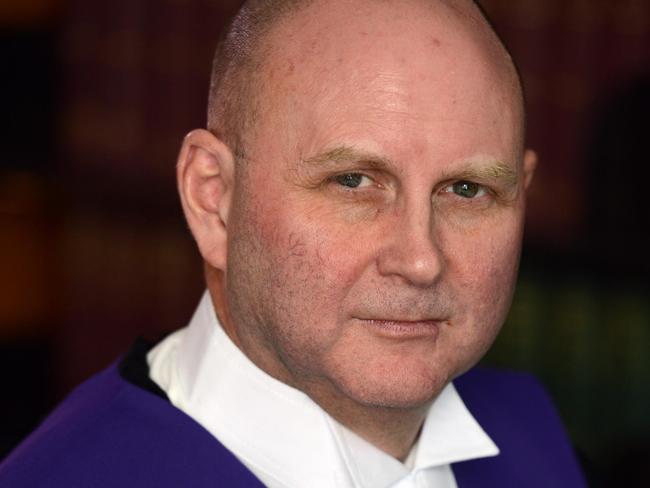
Another trial, relating to different allegations that Pell had molested boys at a Ballarat pool, was due to take place in the coming months.
It was to maintain procedural fairness in this final trial that the guilty verdicts were also kept secret. But after Judge Kidd ruled out certain evidence, the prosecution decided not to proceed and the suppression order preventing the case from being reported was lifted.
What was the evidence like?
The testimony was often monotonous and mundane. Witnesses quizzed about how choirboys came and left the church, where they dressed, when they dressed, and how they lined up before and after mass.
Others asked at nauseum about Pell; how he arrived at church, who escorted him, and how long he stood outside speaking to parishioners after mass.
The entire prosecution case came down to six minutes, in which time prosecutors argued Pell had to finish mass, get back to the sacristy, offend, and let the boys go.
Unlike his earlier Magistrates Court hearing that attracted large crowds, the secrecy of these trials saw Pell sat in the dock of an often half-empty courtroom.
Apart from journalists there were the same court staff daily, a handful of devout Catholics who followed the case with interest, and some others with anti-Pell agendas who watched proceedings closely.
Former deputy prime minister Tim Fisher was a regular attendee, as was influential priest Frank Brennan.
Many ignored Pell, others couldn’t resist stopping past the dock to say hello, shake his hand, and wish him luck.
He greeted all with a friendly smile that hid any tension sources say he developed as the trials etched toward their conclusion.
Outside stood a court security guard, the court’s only trained bodyguard, ready in case trouble ever started.
But it never did, because few knew the secret trials were underway.
Originally published as What went on inside the secret George Pell child sex trials

